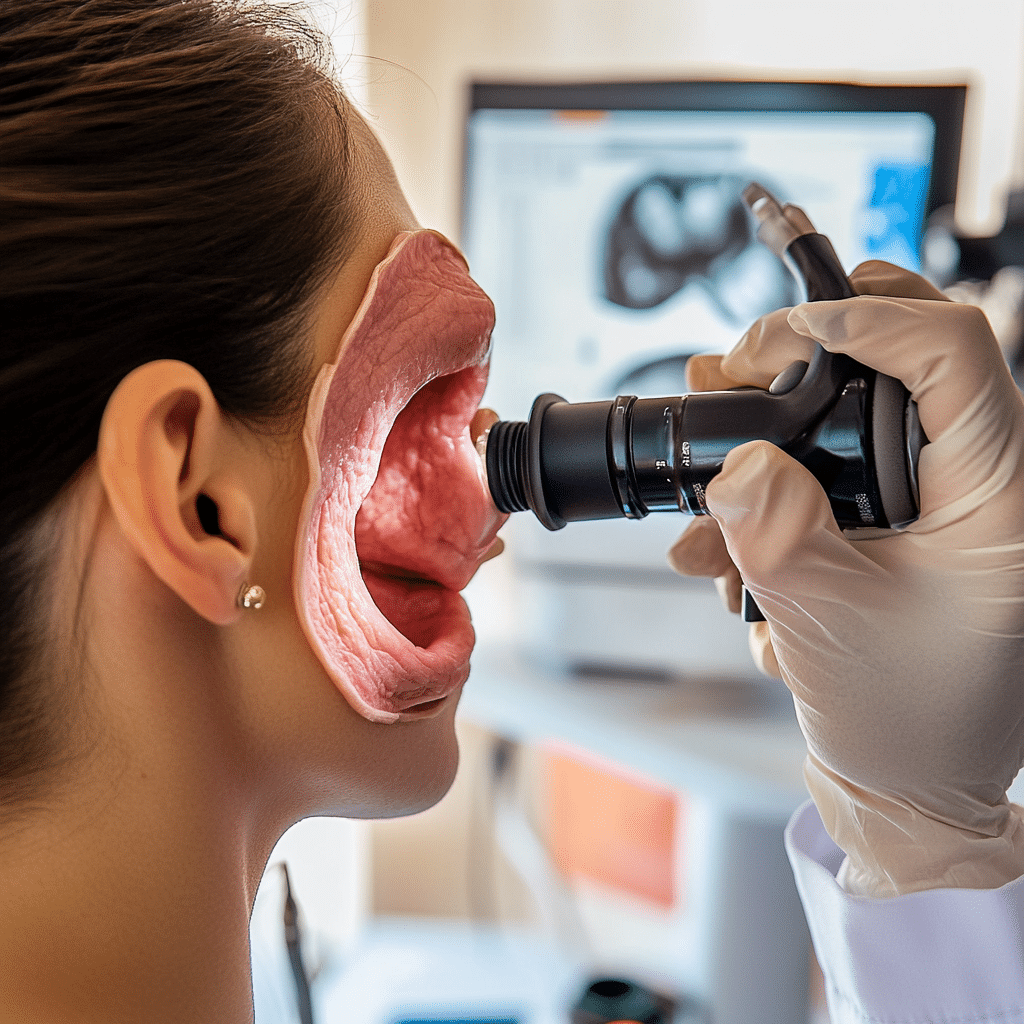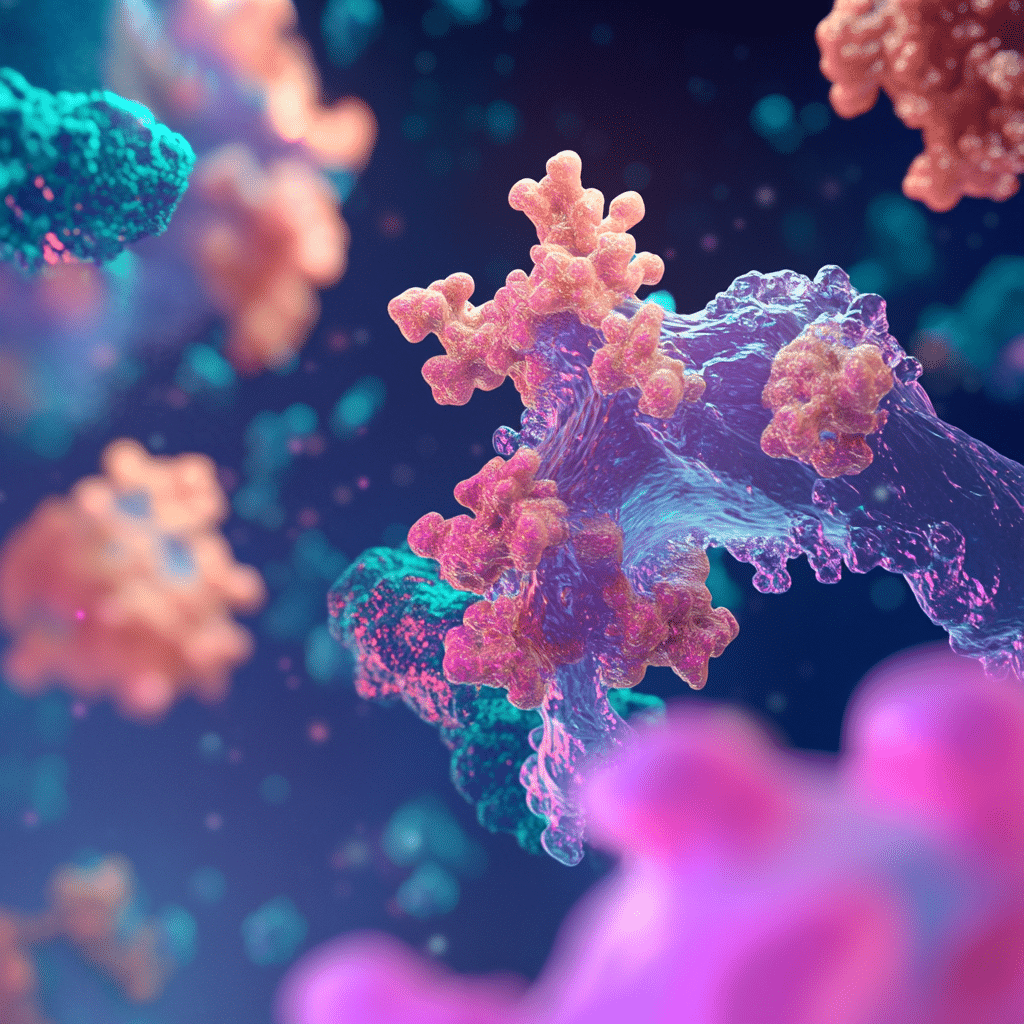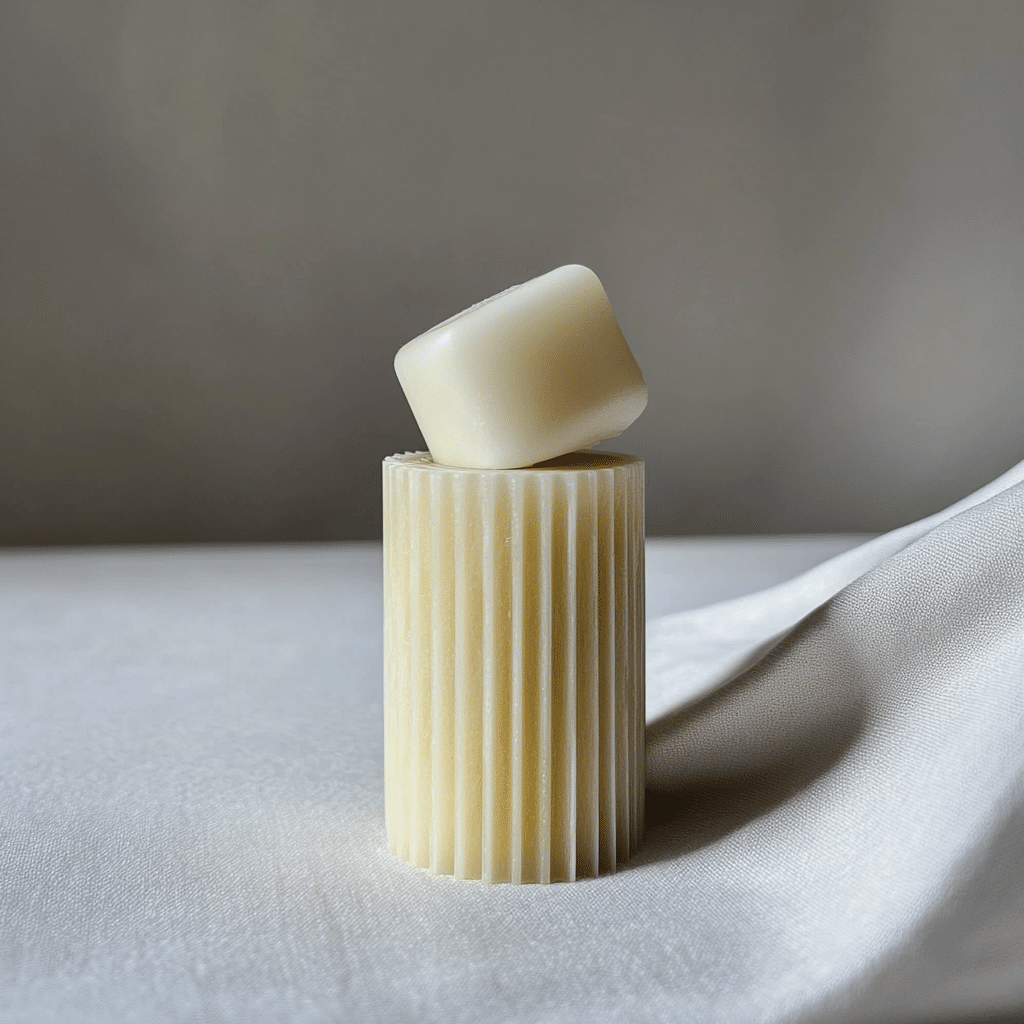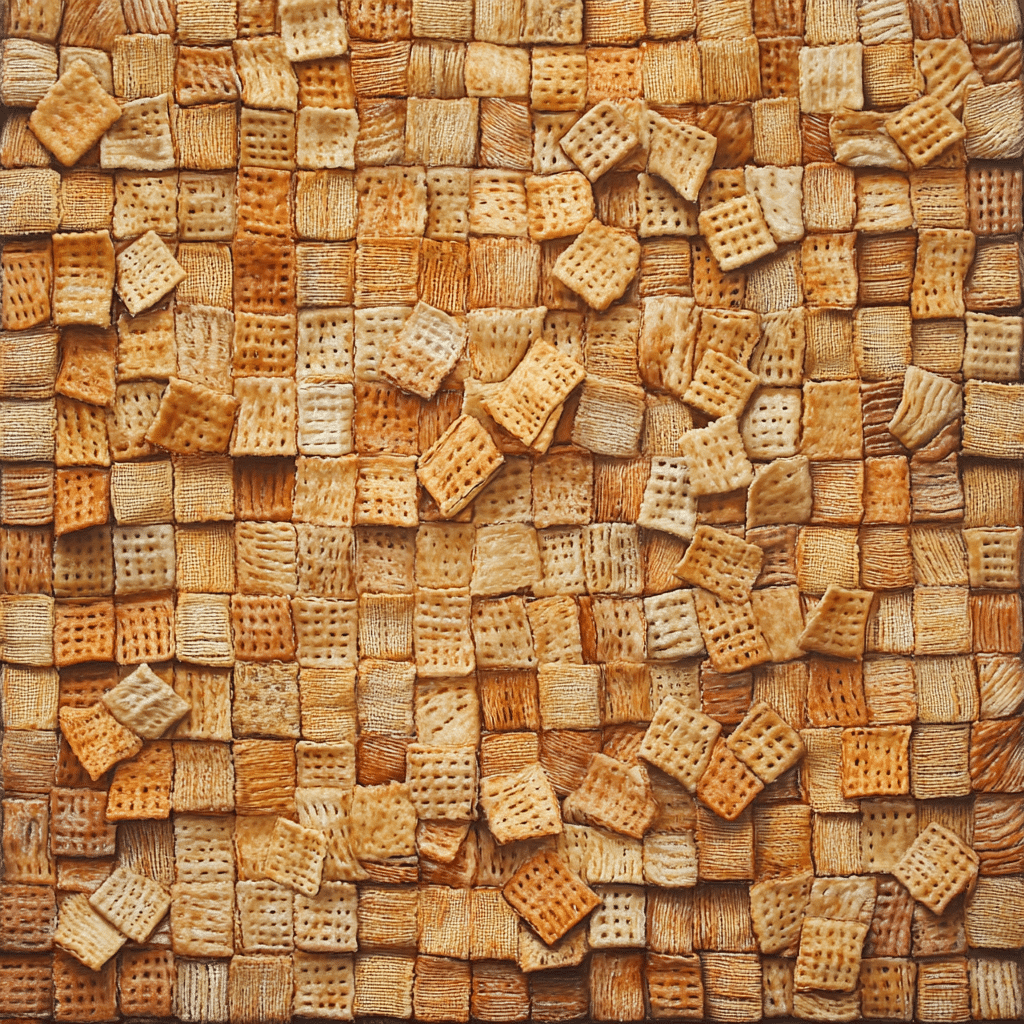The pelvis anatomy is a stunning yet often overlooked part of our skeletal system. Understanding this intricate structure opens doors to better mobility, stability, and strength. For those chasing ripped six-pack abs or aiming to gain serious muscle mass, awareness of pelvis anatomy is more than just a scientific curiosity—it’s a game changer! Whether you’re powering through a leg day workout or mastering deadlifts, a well-functioning pelvis lays the foundation for your success. Let’s delve in and explore its fascinating structure.
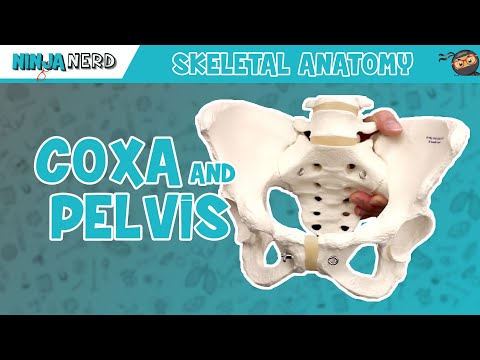
7 Key Components of Pelvis Anatomy

1. Pelvis Bones
At the center of the pelvis anatomy lie three main bones: the ilium, ischium, and pubis. These robust bones fuse together to create the pelvic girdle, acting as a sturdy anchor point for the femoral artery. This artery is crucial as it supplies blood to your lower limbs, giving you the power to dominate every squat or lunge. The special arrangement of these bones allows for both stability and flexibility, absorbing the high-impact forces you put on them during workouts.
The ilium is the largest bone, giving shape to your hip and connecting with your spine. The ischium, the bone you sit on, contributes to your posture, especially when lifting weights. Finally, the pubis, which connects with the other side at the pubic symphysis, helps manage core stability—key for achieving low body fat and a shredded appearance!
2. The Role of the Sacrum
Nestled in the middle of your back, the sacrum is a triangular bone that connects the spine to the pelvis anatomy. Think of the sacrum as a sort of bridge between your upper and lower body. It forms the posterior wall of the pelvis, creating a solid foundation that helps maintain your posture while lifting. The anatomy of the sacrum also includes sacral foramina, crucial openings that allow nerves and blood vessels to pass through, including branches of the femoral artery.
When your sacrum is in harmony with your pelvic structure, you’re setting the stage for optimal movement patterns. A well-aligned sacrum helps you transfer power efficiently, whether you’re sprinting, performing snatch lifts like elite weightlifters, or just walking down the street.
3. Pelvic Inlet and Outlet
The pelvis anatomy isn’t just about bones; it’s also about the spaces they create. The pelvic inlet and outlet play pivotal roles, especially in childbirth—a matter that should not be underestimated. The dimensions of these structures can vary widely among individuals, impacting locomotion and even athletic performance.
For the fitness devotee, the pelvic inlet is where your training begins. Understanding its size and shape can affect your squat depth and overall lifting potential. The pelvic outlet, on the other hand, works in conjunction with your hips and legs, facilitating strength moves like kettlebell swings.
4. Ligaments and Support Structures
Your pelvis anatomy wouldn’t be complete without the critical ligaments that support it. Ligaments such as the sacroiliac and pubic symphysis stabilize your pelvis during intense activity. These structures allow for proper movement while ensuring that everything stays in place, especially when tackling quad Workouts or multi-joint exercises.
Failing to engage these ligaments can lead to injuries. That’s why having a strong functional understanding of pelvis anatomy isn’t just academic—it’s essential. Whether you’re cushioning a fall in a sporting event or pushing through a tough workout, your ligaments are silently working to keep you in action.
5. Muscular Connections
Let’s get down to business: muscles. The pelvis is a hub of muscular connections, featuring key players like the gluteal muscles and pelvic floor muscles. These muscle groups are indispensable for maintaining posture and facilitating movement. If you want to build slamming legs and a rock-hard core, a thorough understanding of these muscles is critical.
When you properly engage your pelvic floor in workouts, you can elevate your training game. That’s why so many athletes and trainers focus on core stability as a pathway to improved performance. A strong pelvic floor not only enhances your gym sessions but also helps prevent injuries down the line.
6. Comparative Anatomy: The Breast Bone and Cervical Vertebrae
Now, let’s step away from just focusing on the pelvis anatomy and venture into comparative anatomy with the breastbone (sternum) and cervical vertebrae. Surprisingly, these seemingly disparate structures share similar principles of function. A well-aligned pelvis can improve your posture and, in turn, influence the health of your sternum and cervical vertebrae.
Your posture directly affects your kinetic chain, meaning that problems in one area can lead to issues in another. If you’re lifting heavy weights, ensuring your pelvis is aligned will positively impact your overall body mechanics. Moreover, understanding these relationships helps trainers devise better workout strategies, ensuring you’re functioning at peak capacity.
7. The Interconnectivity of Pelvis and Carpal Bones
Believe it or not, the pelvis also connects with the carpal bones of your wrists. This might seem far-fetched, but think about it—when you throw a punch or a ball, your entire body is in sync. The functionality between the upper and lower body hinges largely on efficient pelvic mechanics.
Professional athletes exemplify this interconnectivity. Take a look at Olympic weightlifters; their training intertwines upper and lower body strength for explosive performance. By recognizing this relationship, you can tailor your workouts to maximize power output while minimizing the risk of injury.
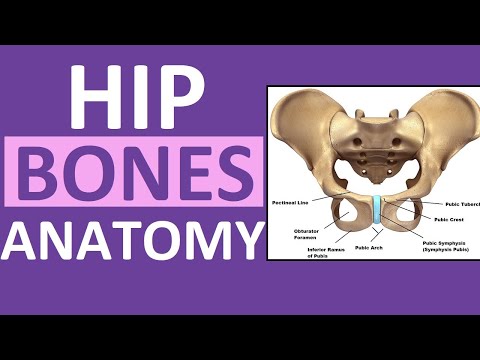
Insights from Pelvic Anatomy in Everyday Life
Understanding pelvis anatomy isn’t just for medical professionals or athletes. It has real implications for everyone. For older adults, maintaining pelvic alignment plays a crucial role in fall prevention. A strong pelvis can help reduce fracture risks and improve overall mobility.
Additionally, fitness enthusiasts—from CrossFit lovers to yoga practitioners—benefit from an in-depth understanding of pelvic mechanics. Engaging the pelvic floor properly enhances core stability, which is key for executing moves effectively. Techniques like kettlebell swings and deep squat mechanics can be further refined by understanding your pelvis anatomy, making your workouts safer and more effective.

Innovative Perspectives on the Pelvic Structure
Research around pelvis anatomy continues to evolve, continuously unveiling its importance in health discussions. A focus on pelvic floor dysfunction is particularly revealing, shedding light on various health challenges faced by many. Maintaining good pelvic health can lead to improved physical performance and a better quality of life.
Athletic training programs are increasingly incorporating education surrounding pelvic health, which gives athletes an edge in performance through heightened body awareness. For instance, studies have shown that focusing on pelvic mechanics during strength training can lead to improved results, ultimately helping you get shredded!
Moreover, understanding pelvis anatomy has implications in surgical fields. Surgeons are now prioritizing pelvic alignment during procedures like orthopedic surgeries, enabling quicker recovery times and improved mobility outcomes for patients. Enhanced postoperative rehabilitation has become the norm, allowing patients to regain their physical capabilities swiftly.
Conclusion: The Keystone of Movement and Stability
Pelvis anatomy serves as a foundational keystone for both stability and mobility in the human body. Understanding its various components and their interconnections prepares you to tackle your training and improve life. With knowledge of this complex structure, you’re empowered not just to build muscle And strength, but also to enhance your overall well-being. So, the next time you’re in the gym, remember that your pelvis isn’t just there to hold you up—it’s the powerhouse behind every lift, sprint, and leap you take!
Let’s unleash the ultimate potential of your pelvis anatomy! Keep pushing forward, gym warriors—your goals of getting shredded and building muscle await. Whether it’s by hitting those quad workouts or focusing on body mechanics, every effort will bring you one step closer to your ultimate fitness destiny.
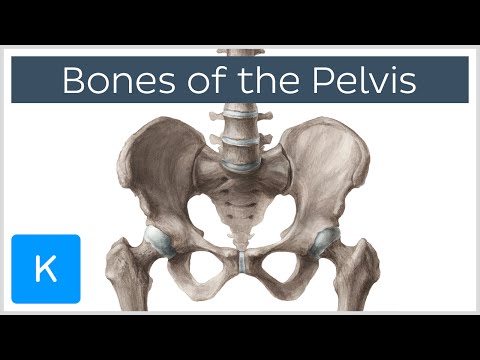
Pelvis Anatomy: Insights into Its Fascinating Structure
The Structure and Function of the Pelvis
Let’s dive into some captivating trivia about pelvis anatomy! The pelvis isn’t just a random collection of bones; it plays a vital role in everything from locomotion to childbirth. Did you know that the pelvis acts as a gateway for many essential organs? It’s made up of several bones, including the ilium, ischium, and pubis, cleverly fused to bear the weight of the upper body. Speaking of weight, did you know that athletes have a higher chance of sustaining pelvis injuries? That’s one reason they focus on strength training and injury prevention programs, especially as seen in the many training montages of actors like Josh Hutcherson, who’s known for his dedication to fitness in projects such as The Hunger Games and other engaging Josh Hutcherson TV Shows.
Intriguing Historical Facts
Throughout history, the pelvic structure has fascinated researchers and artists alike. For instance, in ancient cultures, pelvis anatomy was often considered a symbol of fertility and life. Interestingly, the legendary guitarist Dimebag Darrells unique style and stage presence were also symbolic, illustrating just how powerful physicality can be in performance art. The pelvis makes a striking impression in dance and movement, providing the foundation for many expressive forms. Besides, talking about motion, have you ever wondered why some people can’t sit still? It might just be their active pelvis!
Connections Beyond Anatomy
The pelvis also has connections to various health topics. For instance, many medical practitioners use local anesthesia to make pelvic surgeries more bearable for patients, allowing for smoother recoveries. And if you’re snacking while learning about pelvis anatomy, remember that choosing Snacks For Diabetics can be both healthy and satisfying! The trivia spins into unexpected directions when you think about how understanding the pelvis can also play a role in conditions such as autism, with various associations working, like the Autism Partnership foundation, providing support and resources for affected families.
In wrapping up this exploration of pelvis anatomy, it’s clear there’s much more to it than meets the eye! Each fact and insight adds depth to our understanding, proving that even in the most fundamental aspects of human anatomy, there’s always something fascinating to discover.















